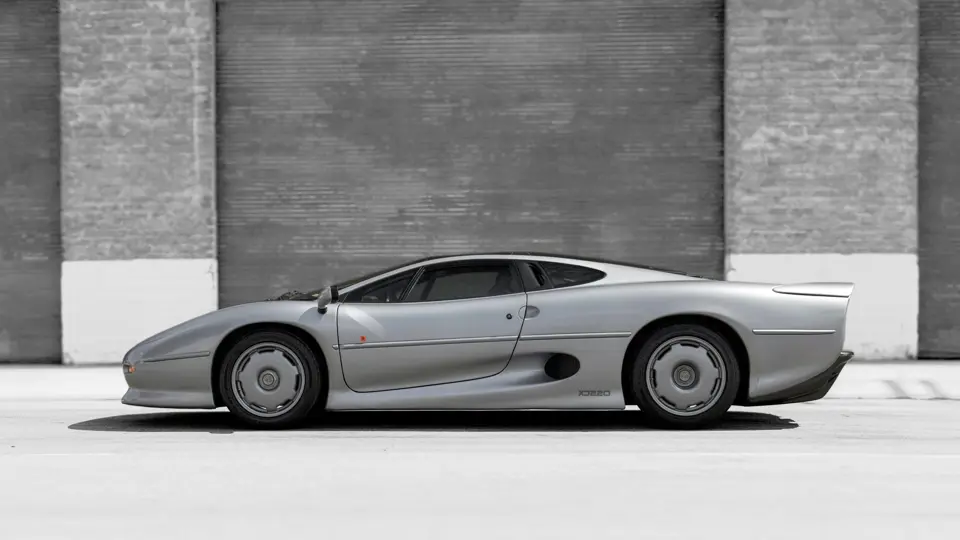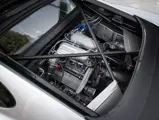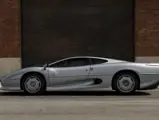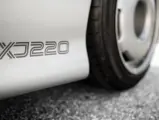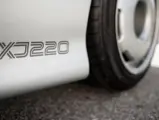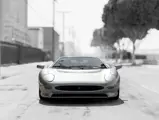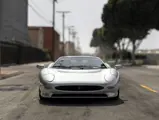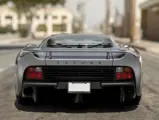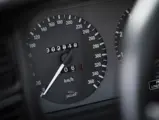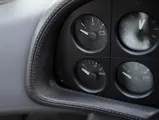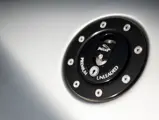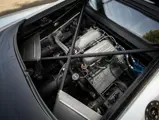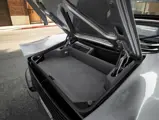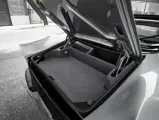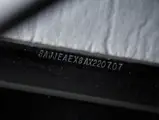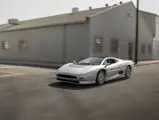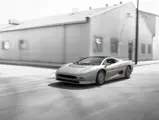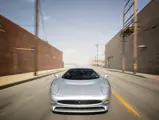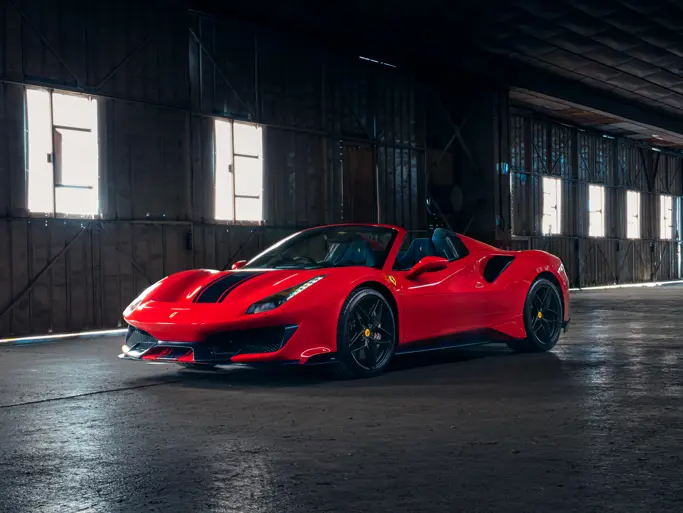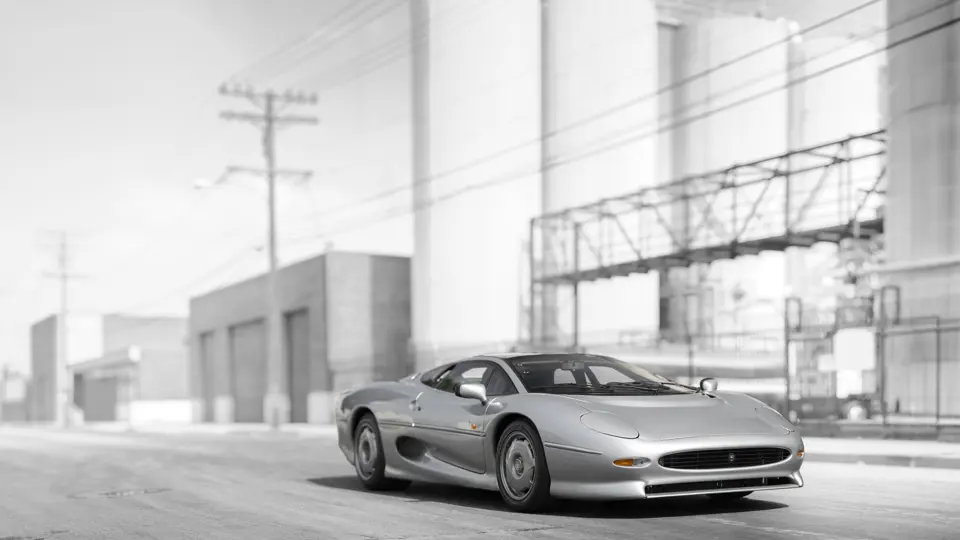
1993 Jaguar XJ220
{{lr.item.text}}
$462,000 USD | Sold
The Pinnacle Portfolio: A Rare Collective of Automotive Distinction
{{bidding.lot.reserveStatusFormatted}}
- The world's fastest production car at the time, until the introduction of the McLaren F1
- One of only 281 examples built between 1992 and 1994
- Just 2,818 kilometers from new
- One of only 10 with factory brake-boosters
- Carefully stored by the factory for five years
- Exceptional value and investment potential
542 bhp, 3,498 cc DOHC V-6 engine with twin turbochargers and Zytek fuel injection, five-speed manual transmission, independent front and rear double-wishbone suspension with coil springs, and four-wheel disc brakes. Wheelbase: 103.9 in.
THE SS100, XK120, XK140, XK150, C-TYPE, D-TYPE, XKSS & E-TYPE
All of the above are considered some of the most beautiful and well-respected cars of all time, and all were produced by Jaguar. The company, known for building some of the most achingly beautiful sports cars in the world, seemingly always had another trick up its sleeve when the public thought that it could simply do no better.
In 1992, the XJ220 was the latest and greatest Jaguar sports car and more than worthy of being mentioned in the same breath as its forefathers. Like its predecessors, it was clothed in svelte and aerodynamic bodywork and its origins were rooted in Jaguar’s rich motorsport heritage. The car was conceived by Jim Randall, the then director of engineering, who was inspired by Jaguar’s sports racers of past. Randall brought a model he built into work and it was decided that it would be made into a full-scale concept. He then recruited a band of volunteers to get to work on the car, as a quasi-skunk-works project that would challenge the fastest automobiles on the planet.
The car was developed in conjunction with Tom Walkinshaw Racing, with lessons learned from the XJR-10 and XJR-1 and utilizing the twin-turbo V-6 produced in those cars. Even though Jaguar originally intended for the XJ220 to be powered by a V-12, the twin-turbocharged six-cylinder provided more than enough performance, as it could accelerate the car to a top speed of 212 mph, making it the fastest car in the world at the time of its unveiling.
The XJ220 presented here is certainly one of the finest examples available today. It was built in August 1993 and finished just as it was delivered: in Silver over a grey leather interior. Furthermore, it is one of ten cars that was fitted with brake-boosters by the factory. For the first five years of its life, it was one of thirty-seven unsold XJ220s that were carefully stored, sparingly driven, and accordingly serviced and maintained by Jaguar themselves at their factory in Coventry.
In September 1998, these cars finally left Jaguar’s possession and were sold to Grange Jaguar, a dealership east of London. This particular car was acquired by James Mills and David Sindelar, of Bentley of St. Louis. At that time, the XJ220 was delivered to Wallace Environmental Testing in Houston for EPA-approval work. It was later granted Show and Display status from the Department of Transportation and road-registered on May 15, 2000. The car was properly stored and rarely used for the next several years.
In May 2009, the next owner of the XJ220 had the car smog certified, at great expense, for use in California. That August, the fuel cell was replaced and a new fuel hose kit was installed, at a cost of nearly $35,000. This is a hugely important service, as fuel cells for XJ220s are notoriously difficult to source. The car was finally purchased by its current owner in 2011, and it has been very well preserved and maintained since, being presented today with a variety of documents and tools.
The XJ220, over 20 years old and still one of the fastest cars on the planet, catapulted Jaguar into the forefront of the supercar world when it was new, and it still demands respect from enthusiasts today. It continues to embody the best of what the marque has come to symbolize: world-beating performance, stunning coachwork, and distinct British character and sophistication.




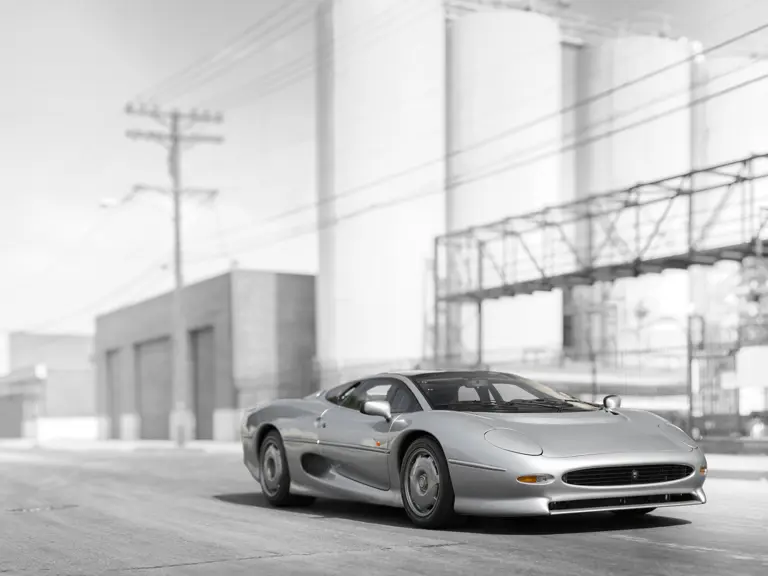
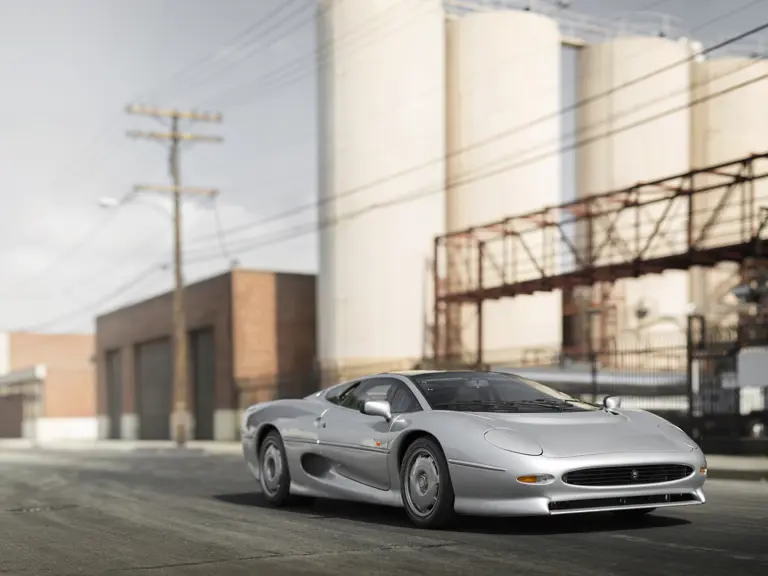
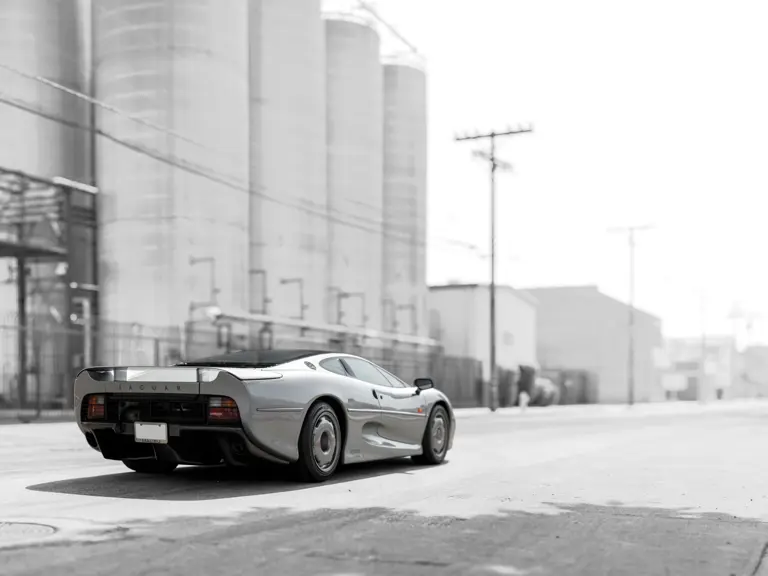
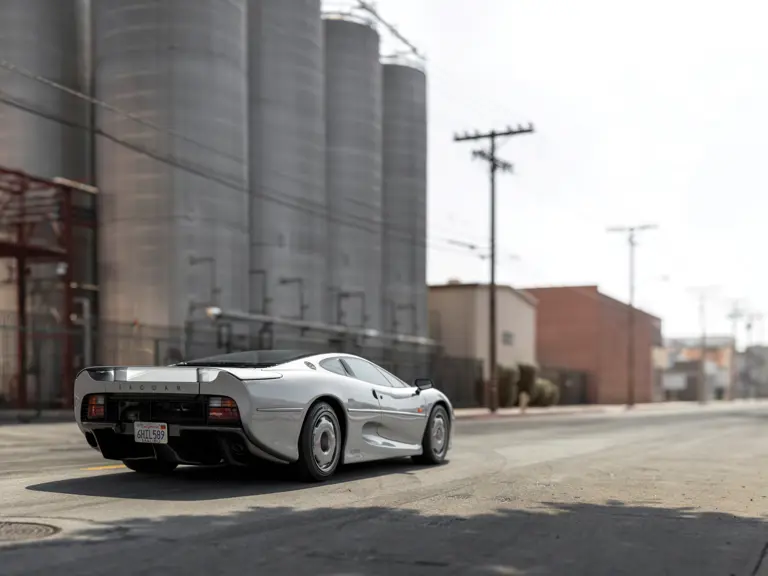

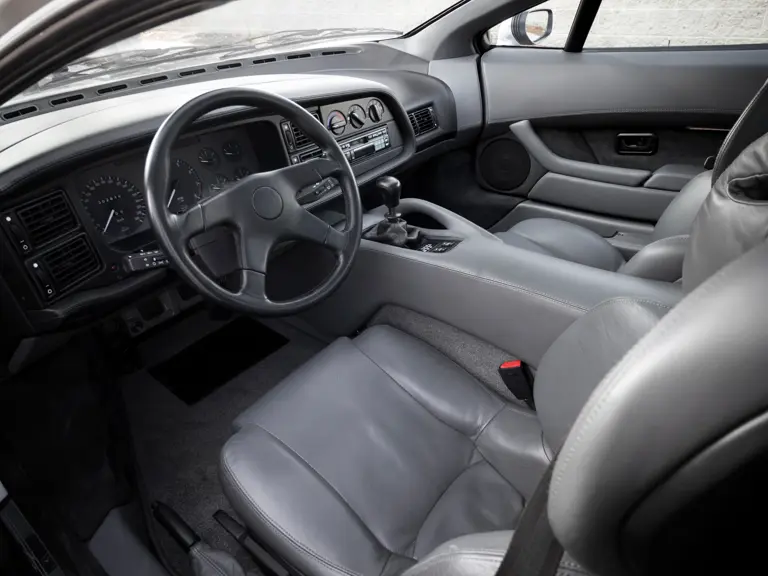
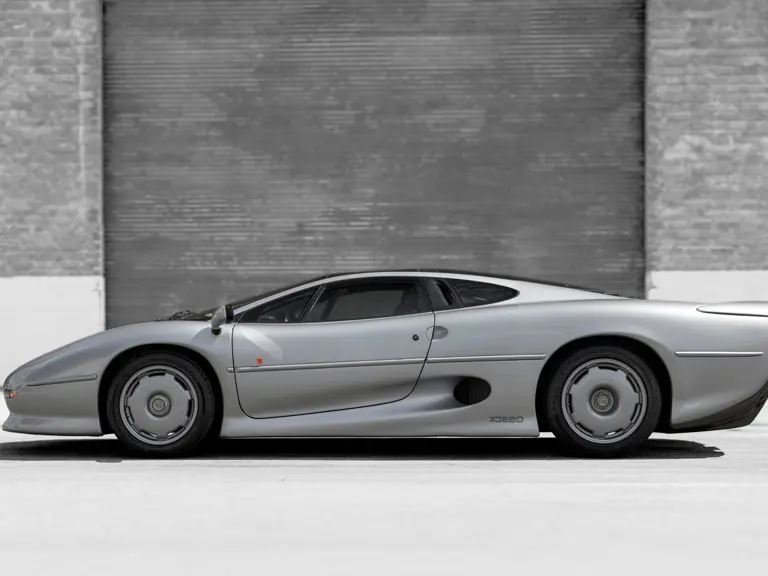
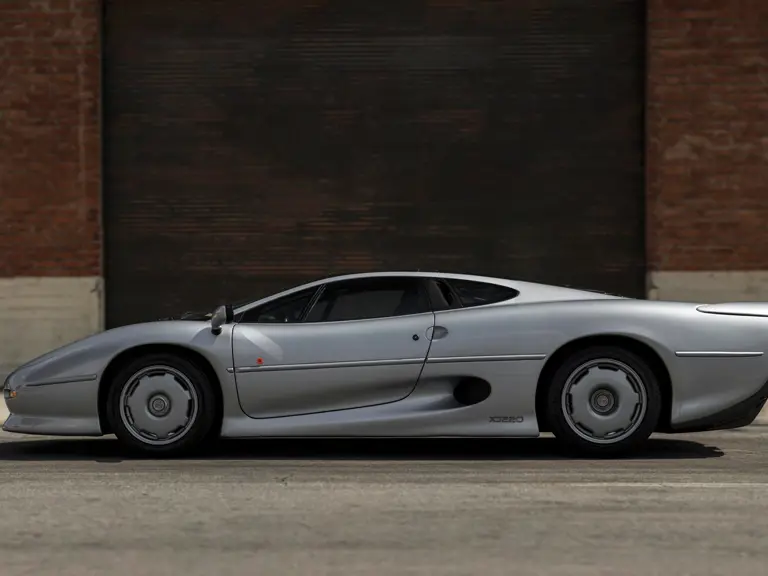
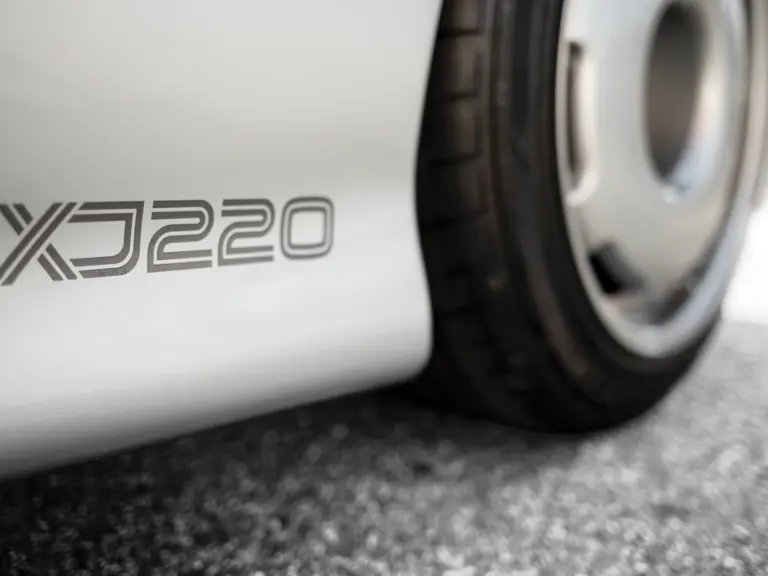
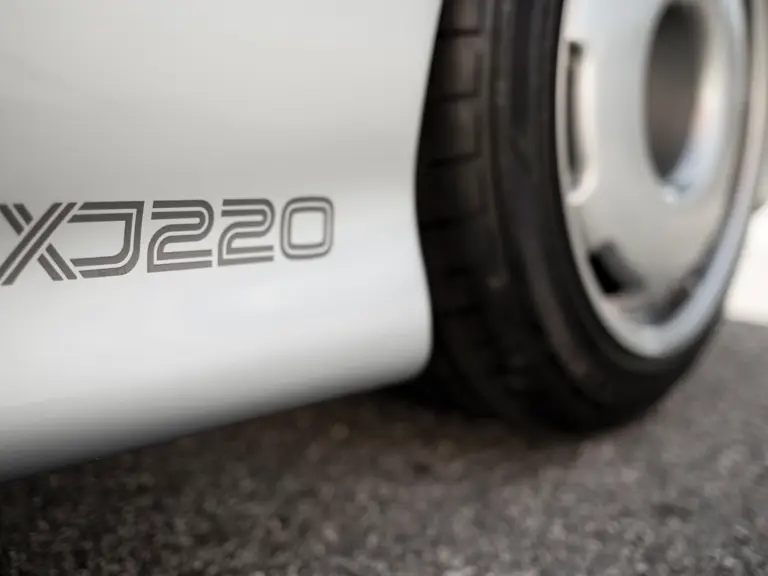
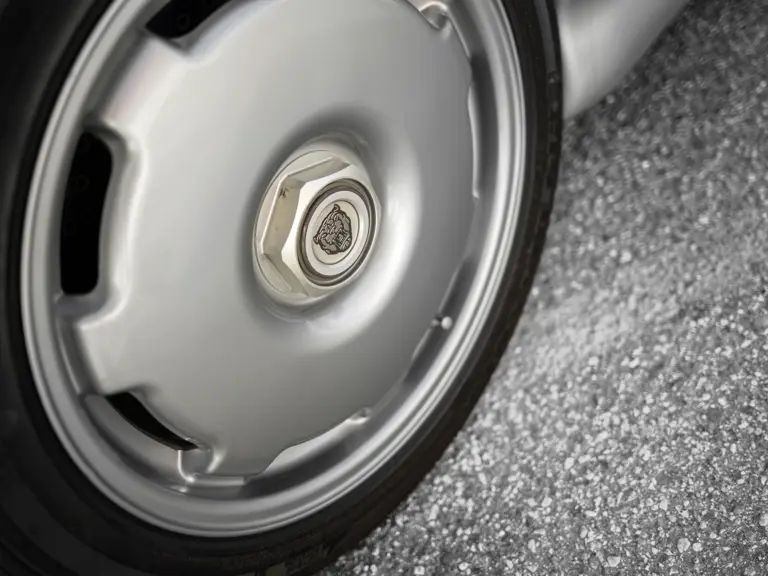

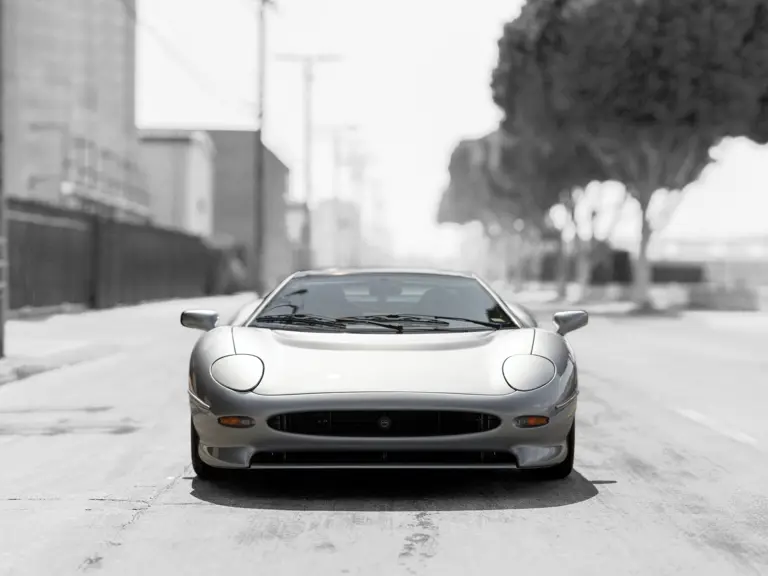
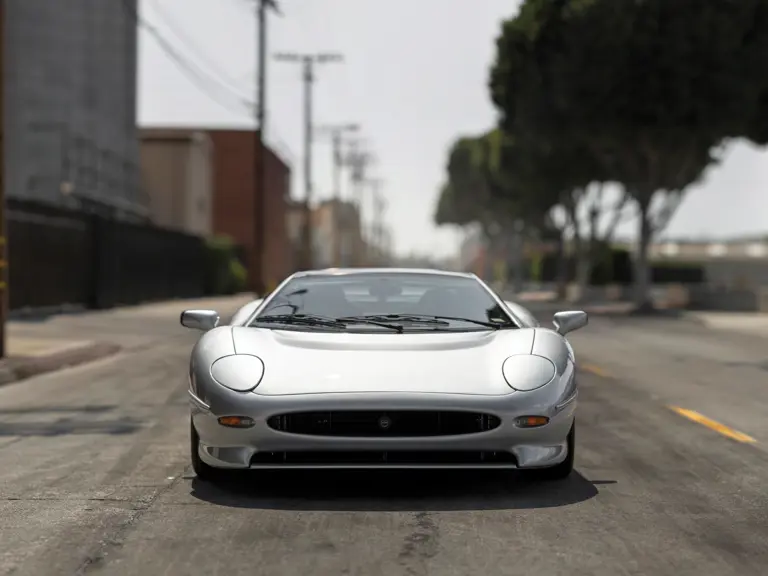
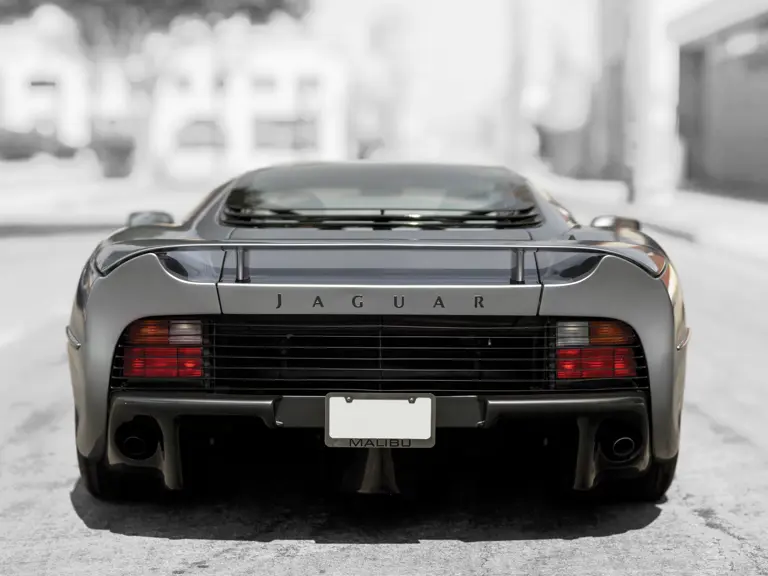
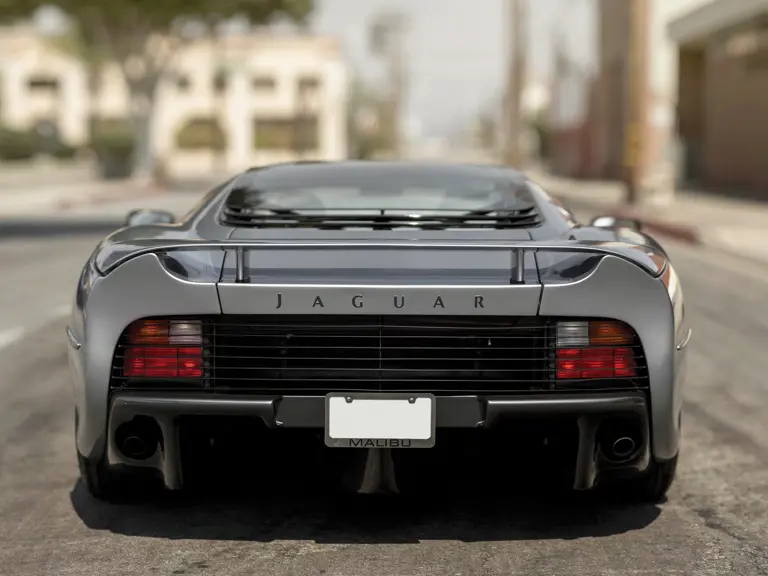
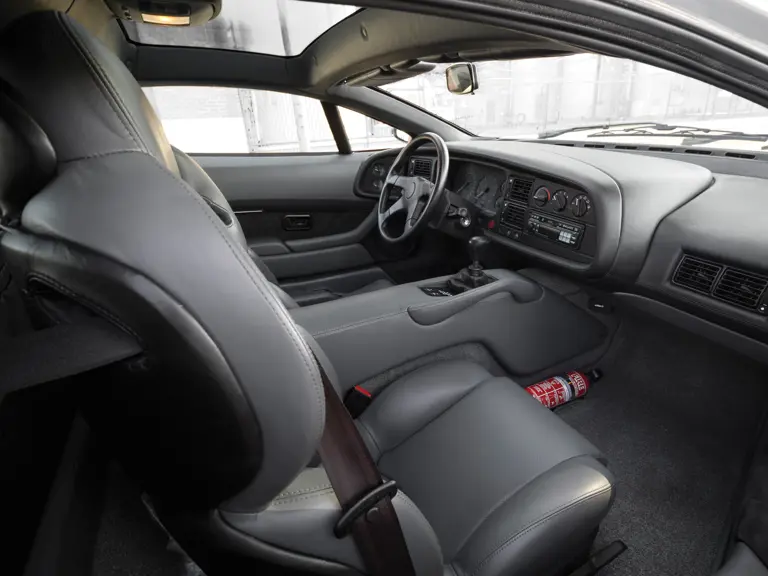
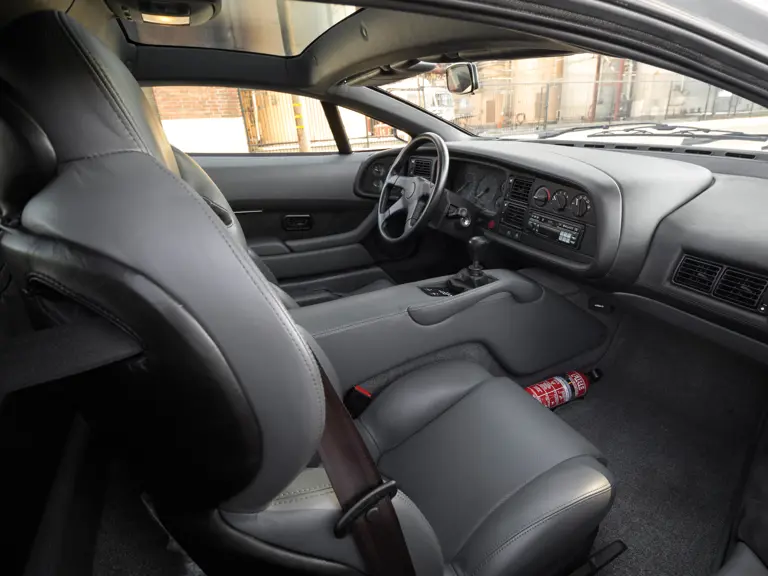
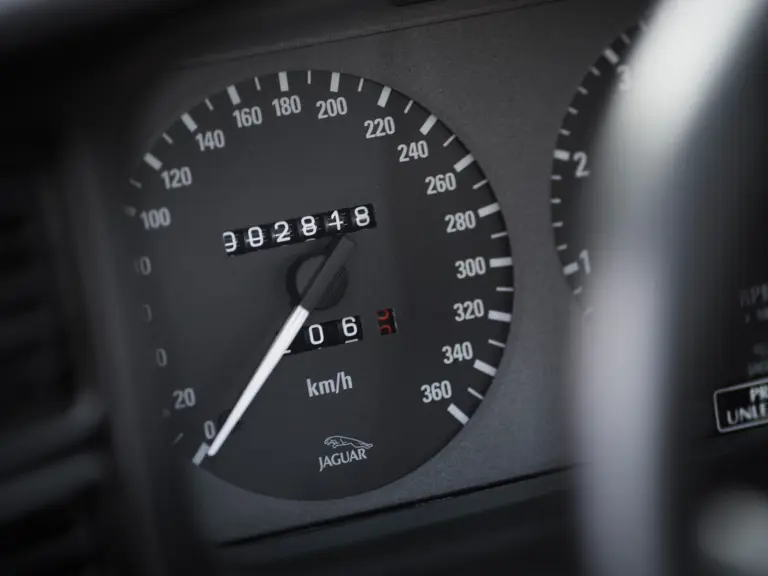
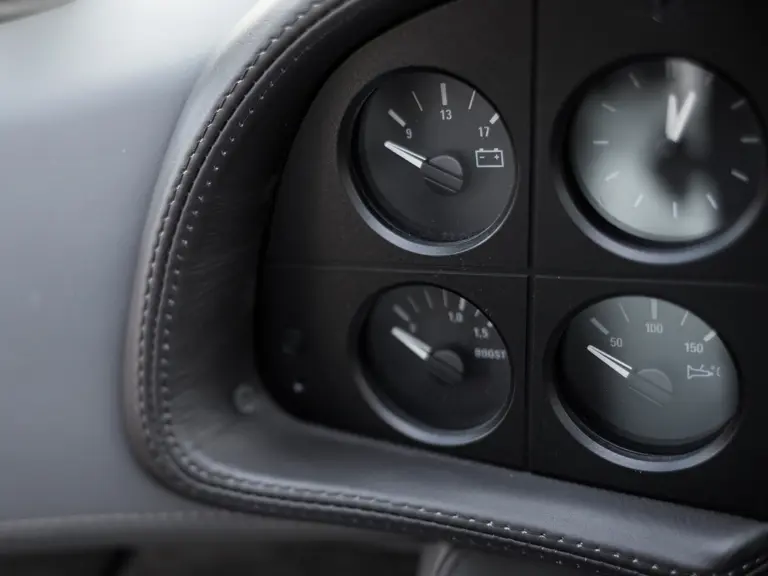

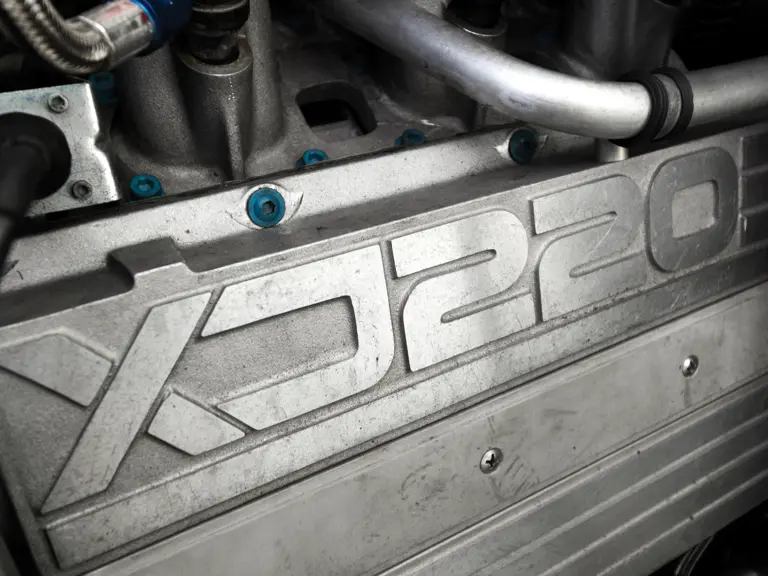
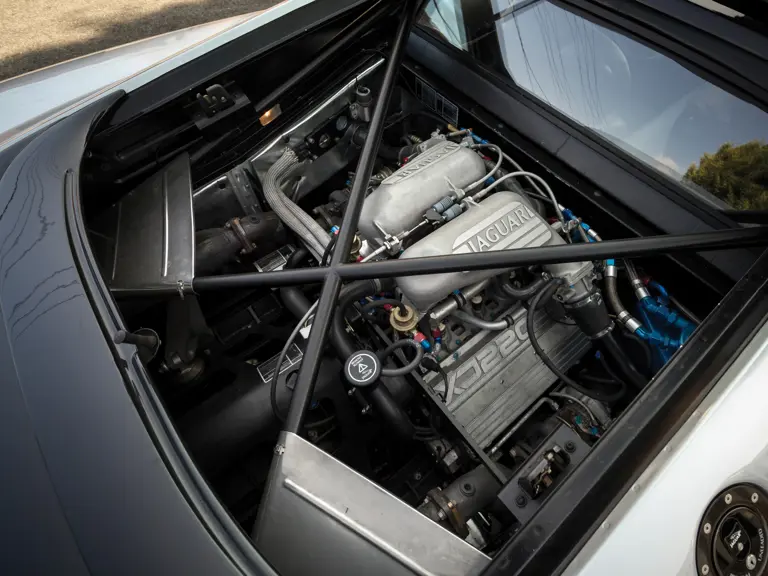
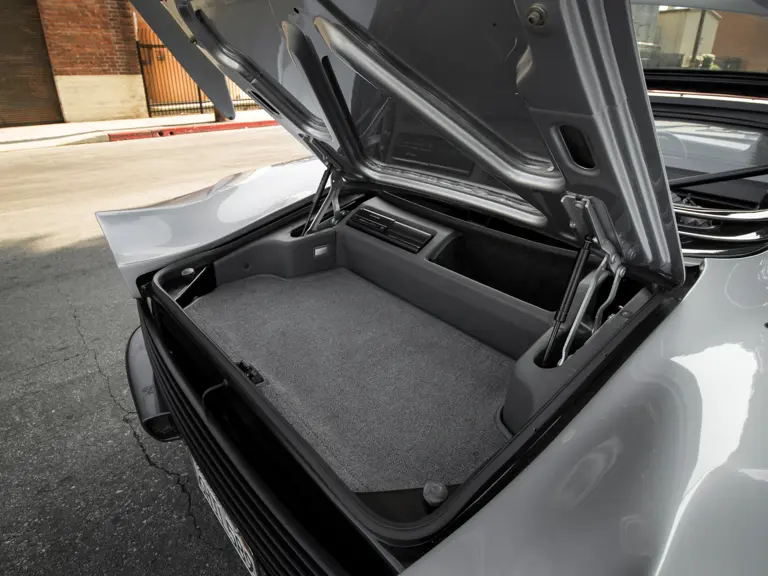
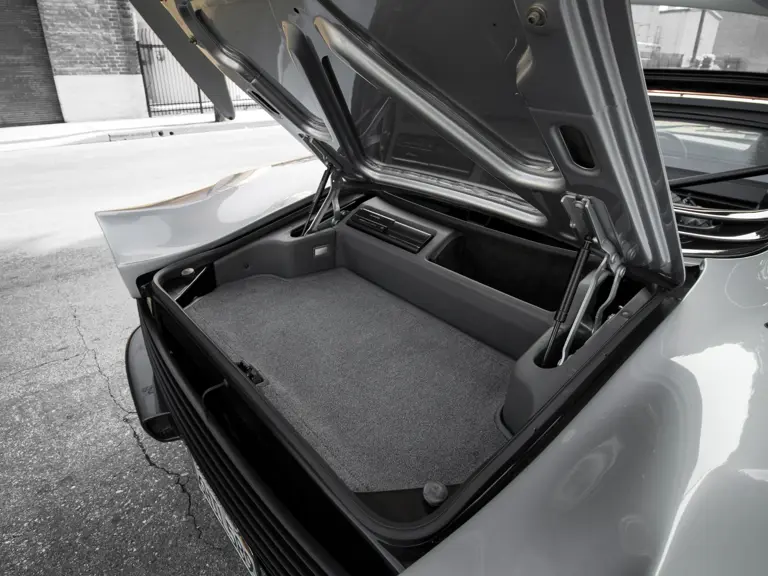
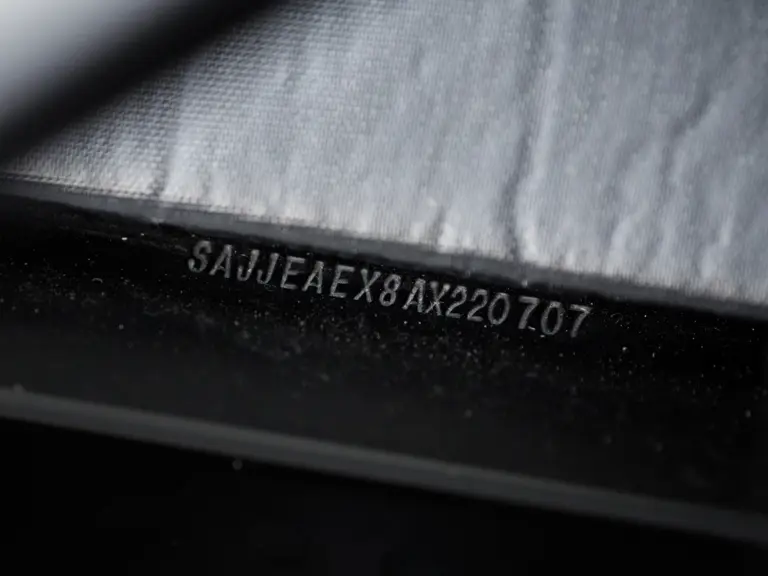
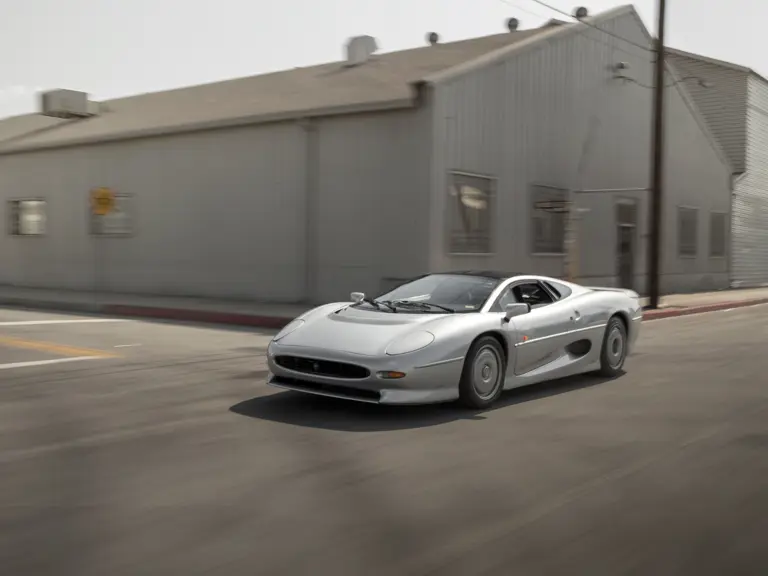
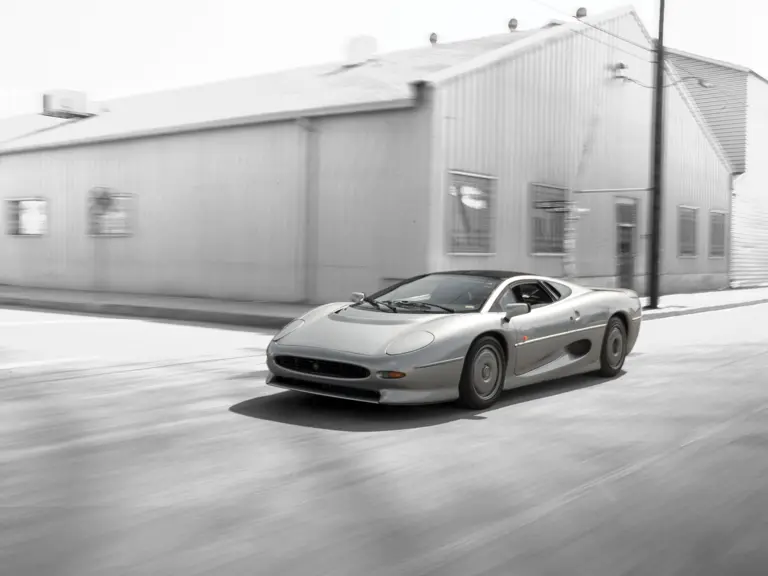


 | Monterey, California
| Monterey, California


